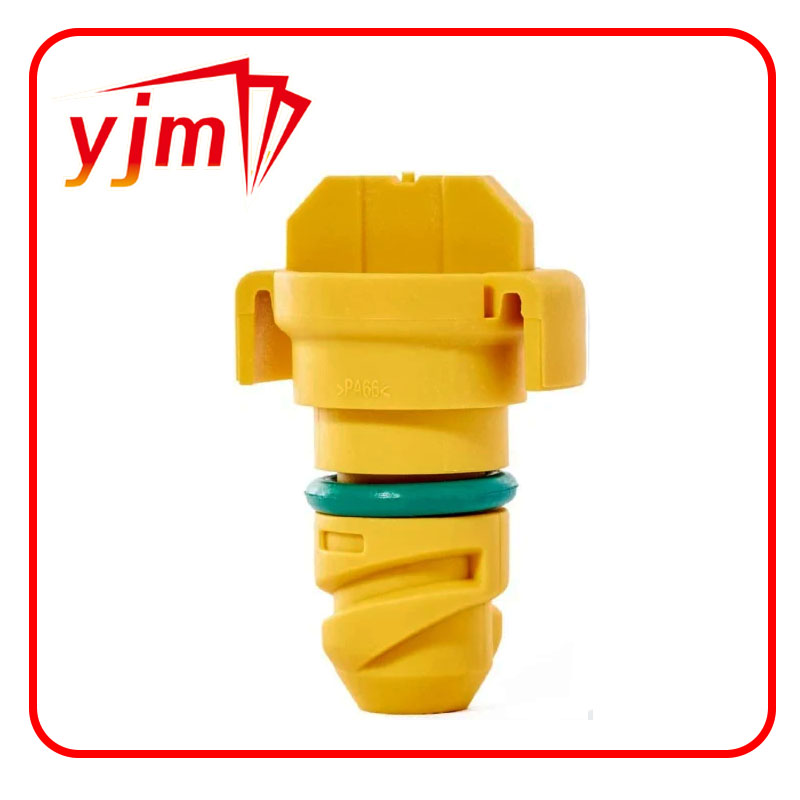How to Properly Maintain Your Car's Oil Sump Plug for Optimal Engine Performance
Understanding the Importance of Car Sump Plugs
When it comes to vehicle maintenance, the sump plug is often overlooked despite its crucial role in ensuring the longevity and efficiency of an automobile's engine. The sump plug, also known as an oil drain plug, is located at the bottom of the oil pan, a reservoir that holds engine oil. This unassuming component plays a vital role in oil changes and the overall health of your vehicle's engine.
What is a Sump Plug?
The sump plug is a threaded metal piece that seals the oil pan, preventing the engine oil from leaking out. This oil is critical for lubricating various moving parts within the engine, reducing friction, and dissipating heat. The design of the sump plug allows it to be easily removed, facilitating the draining of old oil during maintenance.
The Importance of Regular Oil Changes
Regular oil changes are essential for keeping your engine running smoothly. Over time, engine oil can become contaminated with dirt, debris, and metal particles. If not changed, this degraded oil can lead to increased wear and tear on engine components, potentially resulting in catastrophic engine failure. The sump plug plays a pivotal role during oil changes, as it's the access point for draining old oil and replacing it with fresh, clean oil.
When you perform an oil change, the process generally includes removing the sump plug to drain the old oil completely. This ensures that any impurities or contaminants are removed, allowing for optimal performance. After the oil has been drained, the sump plug is replaced and tightened to prevent any leaks.
Signs of Sump Plug Issues
It’s essential for car owners to be aware of any signs that might indicate issues with the sump plug. One of the most common problems is stripping of the threads, which can occur if the plug is over-tightened or not fitted correctly. If the threads are damaged, oil can leak from the oil pan, leading to low oil levels and potentially severe engine damage.
car sump plug

Another potential issue is corrosion. Over time, exposure to engine oil, heat, and moisture can result in rust forming on the plug, which can weaken its integrity. If you notice oil spots under your vehicle or a drop in oil levels without any visible leaks elsewhere, it could be a sign that your sump plug needs to be inspected or replaced.
Best Practices for Sump Plug Maintenance
To ensure your sump plug functions correctly, follow these best practices
1. Regular Inspections During routine maintenance checks, inspect the sump plug for signs of wear, corrosion, or thread damage.
2. Proper Installation When replacing the sump plug, ensure it is threaded correctly and tightened to the manufacturer’s specifications. Over-tightening can lead to stripping, while under-tightening can cause leaks.
3. Use of Gaskets Consider using a gasket or sealing washer to create a tighter seal between the sump plug and the oil pan. This can help prevent leaks and ensure that the plug remains secure.
4. Check Oil Levels Frequently Regularly checking your engine oil levels can help you detect leaks early and maintain the health of your engine.
Conclusion
The sump plug is a small but vital component of your vehicle’s engine system. Understanding its function and importance can save you from costly repairs and extend the life of your vehicle. By paying attention to the sump plug during oil changes and regular maintenance checks, you ensure that your engine has the clean oil it needs to operate at peak performance. Regular care and attention to this often-overlooked component will lead to a more reliable and efficient vehicle for years to come.
-
Understanding Automotive Oil Seals: Essential Components for Engine and Shaft Protection
News Jul.30,2025
-
The Importance of Heavy Duty Seals in Industrial and Residential Applications
News Jul.30,2025
-
Exploring Industrial Oil Seals: From Felt Oil Seals to TTO and CFW Solutions
News Jul.30,2025
-
Essential Guide to Oil Seals: From Radial to Metal-Cased Seals for Industrial Reliability
News Jul.30,2025
-
Choosing the Right Oil Seals and Gaskets for Industrial and Automotive Applications
News Jul.30,2025
-
Cassette Seals: Durable Sealing Solutions for Harsh Environments
News Jul.30,2025
-
Understanding the Front Main Engine Seal: Purpose, Maintenance, and Installation
News Jul.29,2025
Products categories















